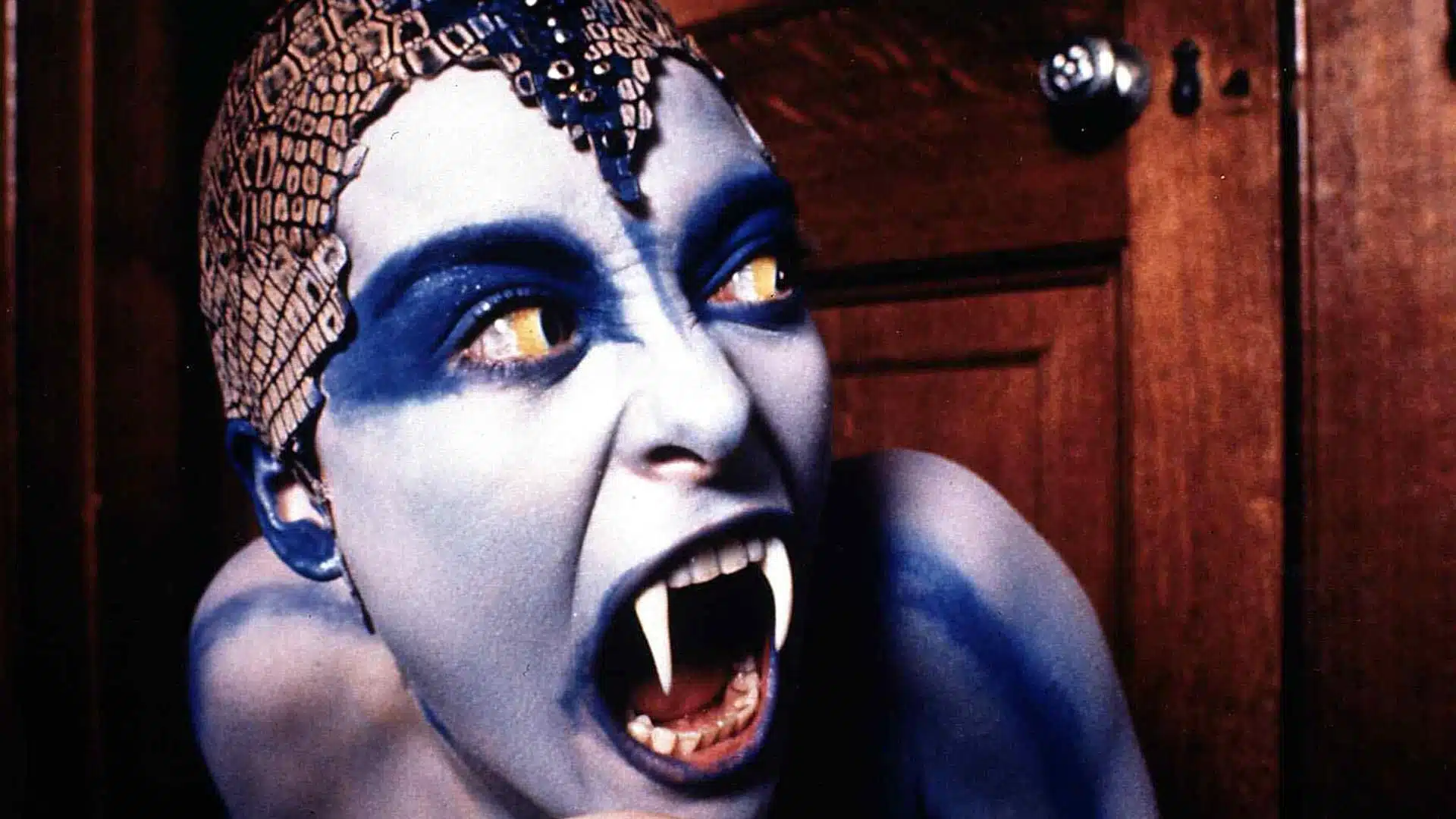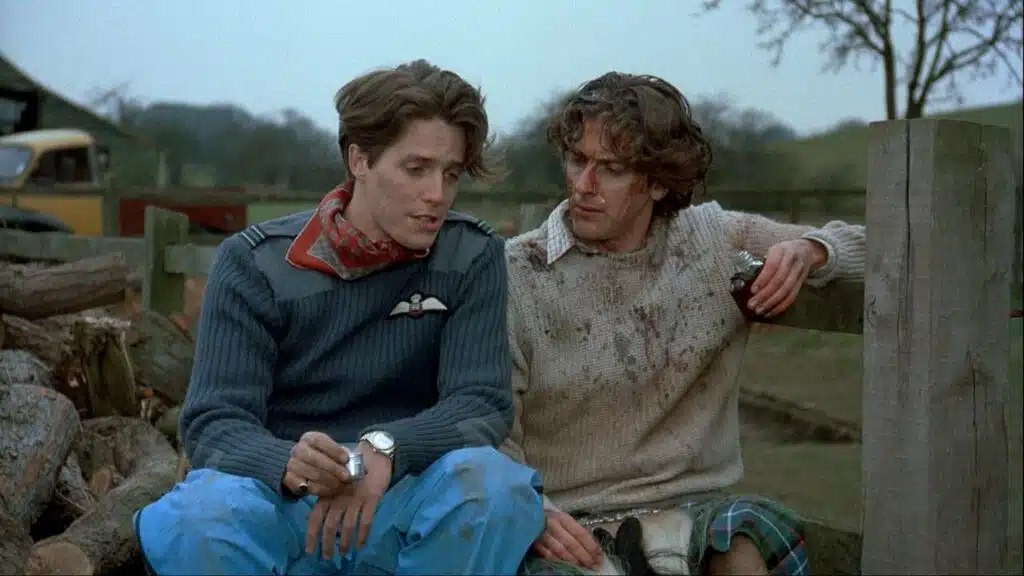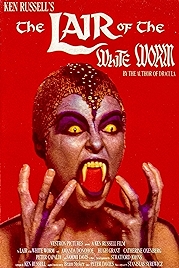The Lair of the White Worm is a good place to start if you’ve ever wondered what happened to Ken Russell. Once upon a time he was a good film-maker who made fascinating, elegant dramas. Then the success of Women in Love turned his head and from that point on, almost without exception, his subject matter – rock music (Tommy), classical music (Lisztomania), DH Lawrence (The Rainbow) – mostly came second to Ken’s “vision”, a frotter’s orgy of corny erotica.
The Boy Friend somehow escaped the Russell treatment, and in Altered States Russell was held in check by a studio mightier than Ken’s own ego. But give Russell his head, and look out.
A good rule of thumb is that the less of Russell there is in the credits, the better the film. If he’s involved in the writing at all – ie at the conceptual stage of the movie – approach with real caution.
And so to The Lair of the White Worm itself. Written, directed and produced by the man himself, it was made two years after Russell had made Gothic and is a Bram Stoker (he of Dracula fame) tale reworked by Russell.
It is, in essence, a vampire story set in a quaint English village where a white “worm” (an old English word for dragon) once menaced the local populace until it was slain by the ancestor of the current lord of the manor, Lord James D’Ampton. Or so the old story goes.
In “it’s happening again” plotting, things warm up when a Scottish archaeologist unearths the skull of a gigantic creature in the garden of two of Lord D’Ampton’s tenants, a skull that another local aristo, Lady Sylvia Marsh, seems incredibly interested in. She, unbeknown to the rest of the village, is in fact some kind of venom-spitting blood-sucking creature with a relationship to the Worm. This, though dead (otherwise why the skull?), seems simultaneously to be alive and well and biding its time beneath the village.
Russell’s dialogue is terrible and he seems to be no good at writing plausible scenes or at setting a mood. But his direction is excellent – the film jogs along. And it’s really helped by a cast who are making an effort, many of them names of the future grabbing at a moment in the limelight.
Hugh Grant plays Lord D’Ampton, and is the likeable, bumbling, floppy-haired Hugh of Four Weddings etc (six years in the future). Amanda Donohoe plays Lady Sylvia with a come-hither look that’s a mix of sex and death. Peter Capaldi looks faintly embarrassed as the archaeologist who’s there largely for explicatory reasons, and Catherine Oxenberg (dubbed, and the only one who is) and Sammi Davis (underused and good) play the two sisters in whose garden the skull has been found. Look out also for TV slalwart Stratford Johns, only in the movie for seconds here and there, as the Lord’s butler, and milking every second.
Russell injects some breakout moments of mad excess – at one point there’s a montage of nuns worshipping the crucified Jesus while the white worm writhes, fire billows and soldiers rush about murdering and raping. What is this all about?
Russell also tries to get most of his female cast out of their clothes when possible. Donohoe obliges. She’d been in Castaway two years before, which required plenty of nudity, so presumably was used to it. Russell also gets her into kinky thigh-length wet-look boots (twice) and a teeny bikini too, for reasons probably to do with his age.
Catherine Oxenberg wouldn’t play along and in her scenes in the finale, where her character, Eve, is menaced by the white worm (Eve, snake, geddit?) she’s in Marks and Spencer cotton underwear rather than in the buff, as Russell had hoped.
For the rest of it, lovely old cars barrel down country lanes, fine old houses are given a loving glance by Russell and DP Dick Bush’s camera and sharp distinctions are drawn between the landed gentry (rich because they’re smart) and the oiks (who trail along in lumpen fashion).
It is like an episode of the long-running British crime series Midsomer Murders, where every week a new assortment of great character actors turn out for some slightly tongue-in-cheek sub-Marple fun in a fantasy England.
Russell’s screenplay is contemptuous but the cast take it seriously. But their work is in vain. This works neither as comedy nor as horror. It’s out and out humourless kitsch. And kitsch, like Russell himself, is always best in small doses.
The Lair of the White Worm – Watch it/buy it at Amazon
I am an Amazon affiliate
© Steve Morrissey 2024


